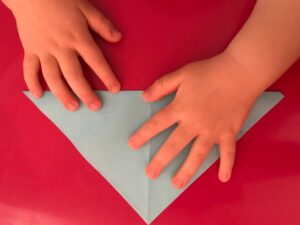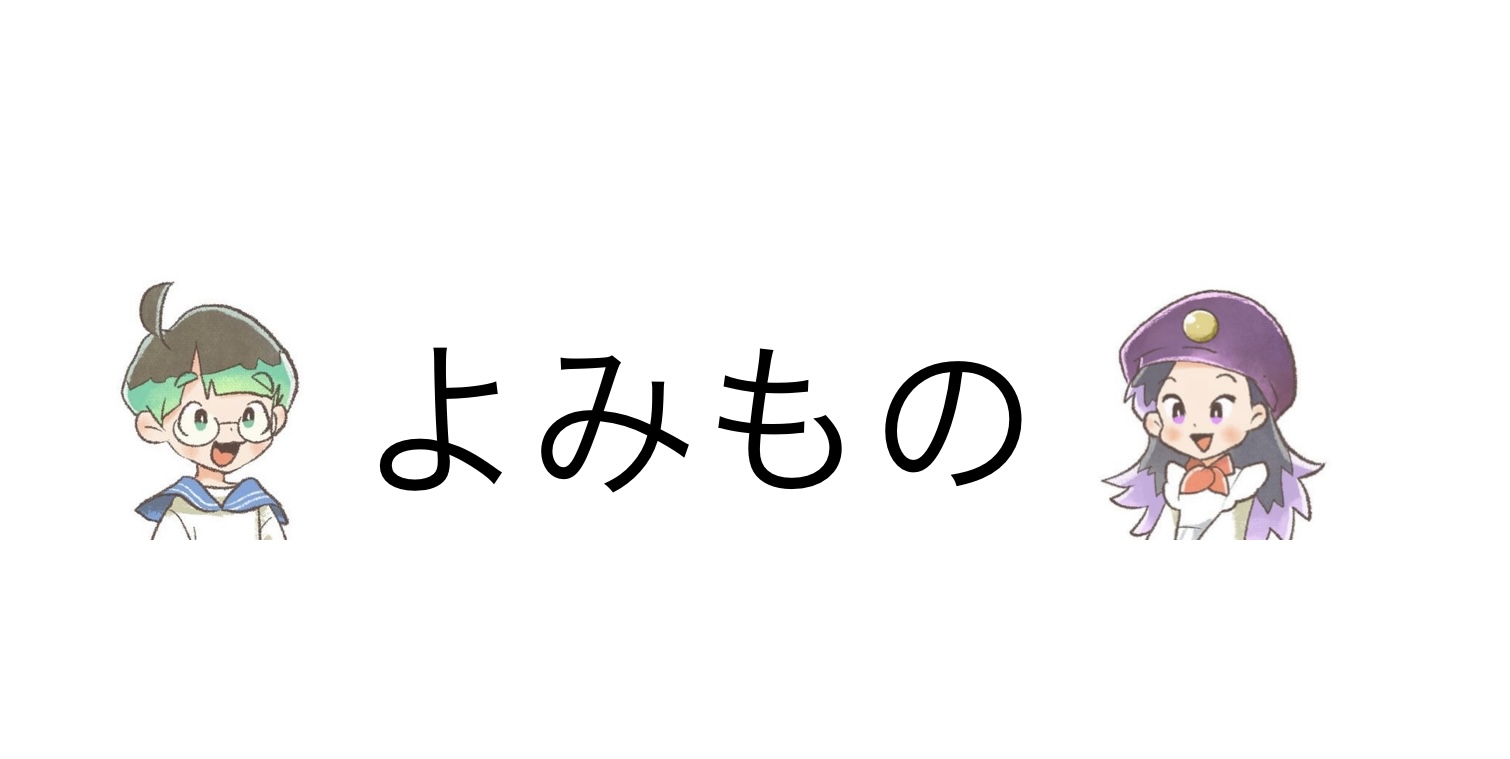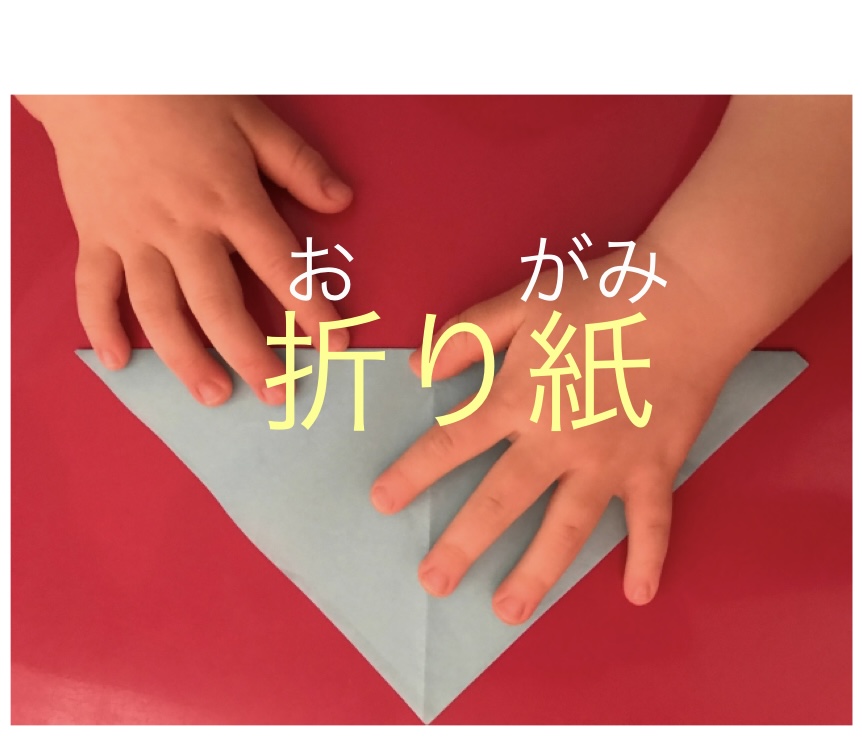
折り紙について知りたいです。
折り紙は、昔から日本の子どもの遊びです。

しかし、今では、日本を代表する文化になっています。
1枚の正方形の紙を使って、折るだけで、いろいろな形を作ることができることは、とても素晴らしいことです。
このようなことができるのは、日本人が昔から手先が器用で、いろいろなことに熱心に取り組む性質があるからです。
折り紙の中でも代表的なものは、鶴です。

日本では、病気の人のために、千羽の鶴を折って、病気が治ることを祈る習慣がありました。
このような折り紙で作った鶴のことを千羽鶴といいます。

いくつかの鶴を重ねて1つの糸でまとめます。
糸の下には、落ちないようにビーズやボタンをつけることもあります。
いくつかの糸でまとめた鶴を合わせて1つにします。
千羽鶴の千羽はたくさんという意味で、必ずしも千羽作る必要はありません。
Origami
Origami has long been a Japanese children’s game.
Today, however, it has become one of Japan’s most popular cultural activities.
It is a wonderful thing to be able to create various shapes just by folding a single square piece of paper.
This is possible because of the Japanese people’s ancient dexterity and nature of being enthusiastic about many things.
One of the most typical examples of origami is the crane.
In Japan, it was customary to fold a thousand cranes for a sick person to pray that he or she would be cured.
Such cranes made of origami are called senbazuru.
Several cranes are stacked on top of each other and held together by a single thread.
Beads or buttons are sometimes attached under the thread to prevent them from falling off.
Cranes put together with several threads are combined into one.
The “Senba/thousand” in Senbazuru means “many,” and it is not necessary to make a thousand cranes.




コメント